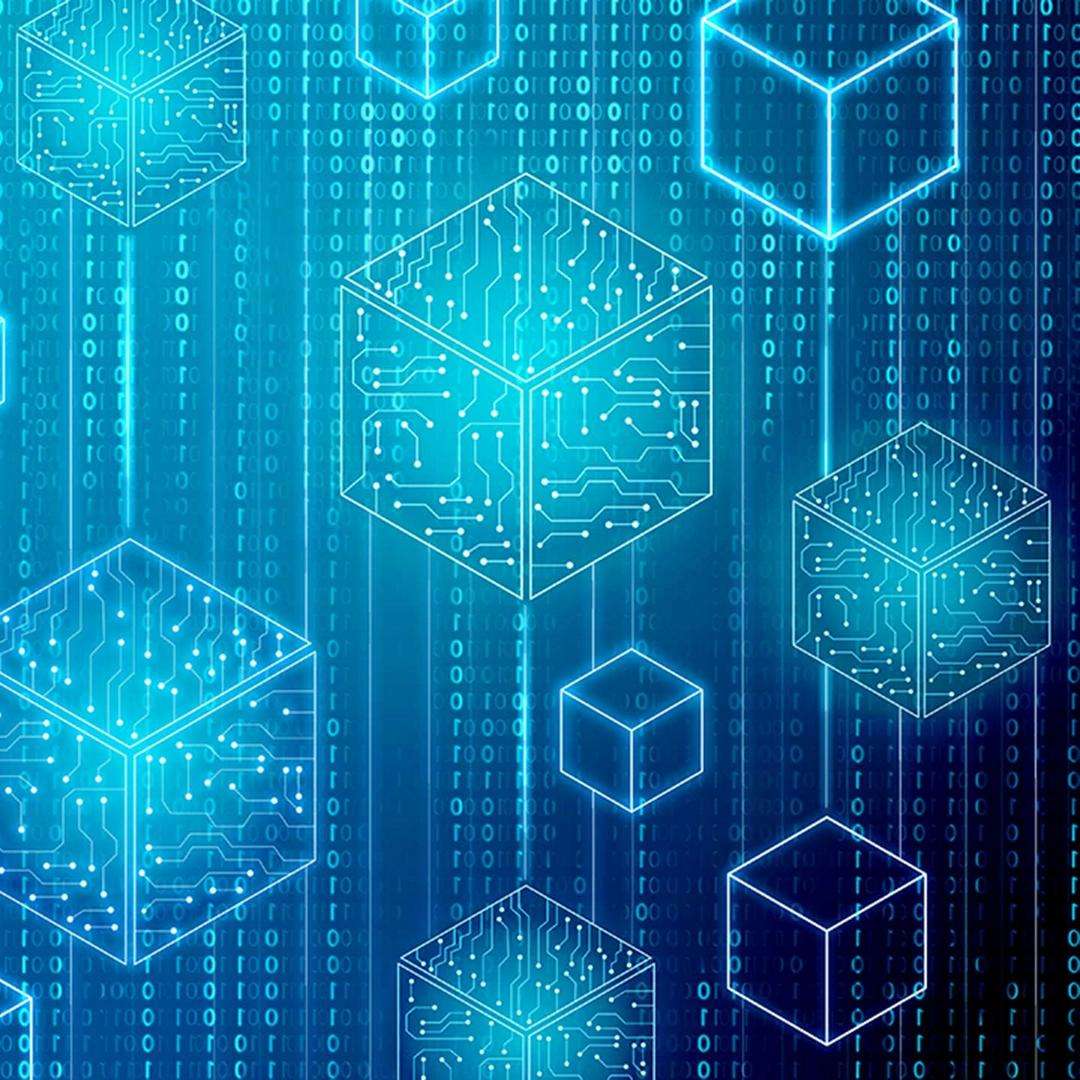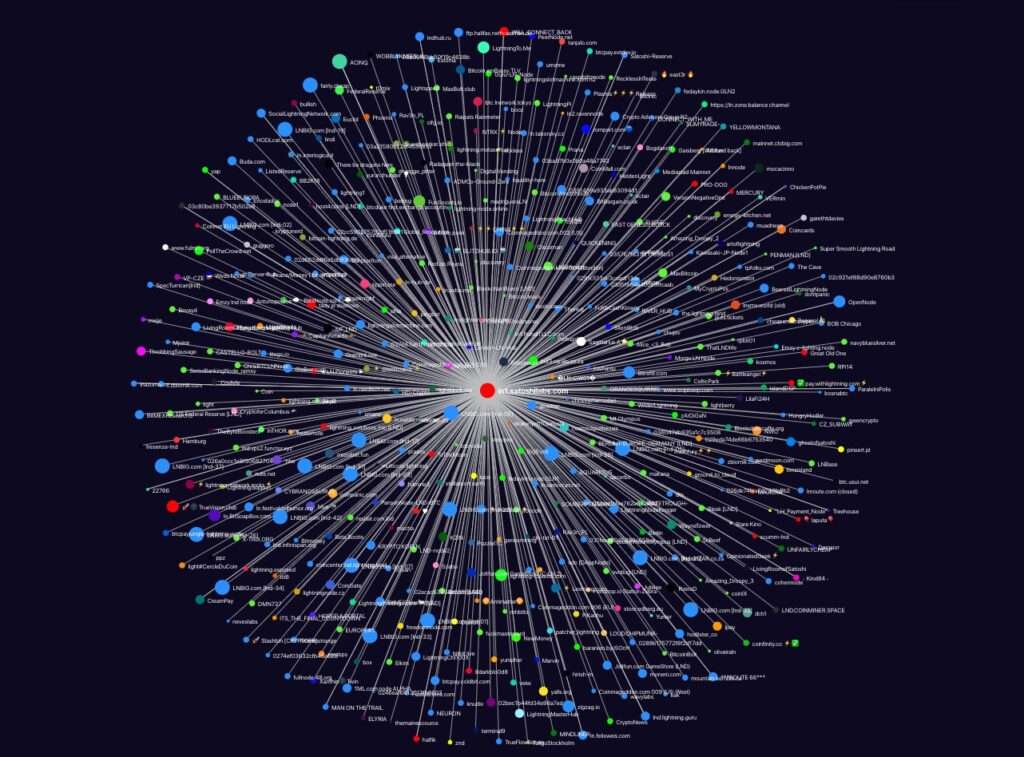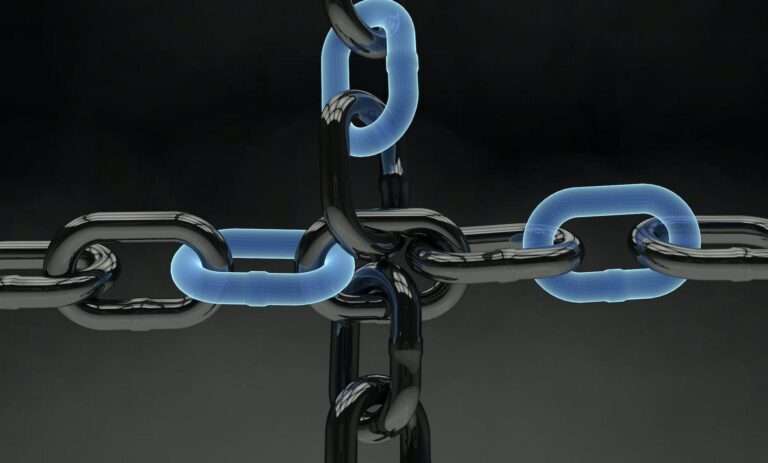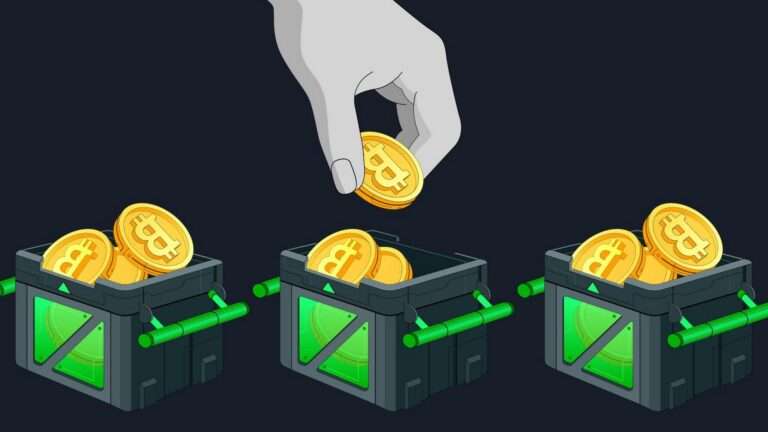Layer 2 Blockchain Solutions: Scaling the Future of Web3

Layer 2 blockchain solutions are scaling technologies built on top of existing blockchains. They process transactions off the main chain to improve speed and reduce fees while maintaining the security of the underlying blockchain. As blockchain adoption grows, these solutions have become essential for handling increased transaction volume.
Understanding the Blockchain Scaling Problem
Blockchain networks face a fundamental challenge called the “blockchain trilemma” – the difficulty in achieving security, decentralization, and scalability simultaneously. Major networks like Bitcoin and Ethereum prioritized security and decentralization, resulting in:
- Limited transaction throughput (Bitcoin: ~7 transactions per second, Ethereum: ~15 TPS)
- High transaction fees during network congestion
- Slower transaction finality times
- Environmental concerns with proof-of-work consensus mechanisms
Layer 2 solutions address these limitations by creating additional infrastructure that handles transactions off the main chain.
Types of Layer 2 Solutions
State Channels
State channels establish a direct connection between participants to conduct transactions off-chain. Only the opening and closing transactions are recorded on the main blockchain.
Key Features:
- Near-instant transactions with minimal fees
- Finality only upon channel closure
- Best for frequent transactions between specific parties
Examples: Bitcoin Lightning Network, Ethereum’s Raiden Network

Sidechains
Sidechains are separate blockchains running parallel to the main chain with their own consensus mechanisms. Assets move between chains via a two-way peg.
Key Features:
- Independent validation rules and consensus mechanisms
- Customizable for specific applications
- Regular settlement with the main chain
Examples: Liquid Network (Bitcoin), Polygon PoS (Ethereum)
Rollups
Rollups handle transactions off-chain but post transaction data on the main blockchain. They “roll up” multiple transactions into a single proof.
Optimistic Rollups
Assume transactions are valid by default and only verify them when challenged.
Key Features:
- Higher throughput than base layer
- Challenge period creates withdrawal delay (typically 7 days)
- Compatible with Ethereum Virtual Machine
Examples: Optimism, Arbitrum
Zero-Knowledge (ZK) Rollups
Use cryptographic proofs to validate transaction batches without revealing the underlying data.
Key Features:
- Immediate finality
- Enhanced privacy
- Complex cryptography with higher computational requirements
Examples: zkSync, StarkNet, Loopring
Plasma
Plasma creates a hierarchy of child chains that process transactions independently but anchor to the main chain.
Key Features:
- Significant scalability improvements
- Complex implementation
- Withdrawal challenges similar to Optimistic Rollups
Examples: OMG Network
Comparison of Layer 2 Solutions
| Solution Type | TPS Potential | Security Model | Withdrawal Time | EVM Compatibility | Maturity |
|---|---|---|---|---|---|
| State Channels | 10,000+ | Same as base layer | Instant for counterparty | Yes | High |
| Sidechains | 1,000-5,000 | Independent | Minutes to hours | Often | High |
| Optimistic Rollups | 1,000-5,000 | Base layer | 7 days challenge period | Yes | Medium-High |
| ZK Rollups | 1,000-10,000 | Base layer | Minutes | Partial to full | Medium |
| Plasma | 1,000-5,000 | Base layer | 7-14 days challenge period | Partial | Low-Medium |
Current State of Layer 2 Adoption
Layer 2 solutions have seen significant adoption, particularly on Ethereum:
- Total Value Locked (TVL) in Layer 2 solutions exceeds $20 billion
- Optimistic rollups like Arbitrum and Optimism lead in user adoption
- ZK rollups are gaining momentum as technology matures
The ecosystem continues to evolve with new innovations like validiums, volitions, and Layer 3 solutions further extending scalability options.
Challenges and Considerations
Despite their benefits, Layer 2 solutions face several challenges:
- Fragmentation: Multiple Layer 2s create liquidity fragmentation across the ecosystem
- User Experience: Bridging assets between layers can be complex for average users
- Security Concerns: Novel technology brings potential new attack vectors
- Centralization Risks: Some solutions rely on sequencers that may introduce centralization
The Future of Layer 2
Layer 2 technologies will likely play a critical role in blockchain scaling for years to come. Key developments to watch:
- Integration of Layer 2s with one another through cross-rollup bridges
- Advancements in ZK technology making ZK rollups more efficient and compatible
- Modular blockchain designs separating execution, settlement, and data availability
- Greater standardization across Layer 2 implementations
As blockchain adoption grows, Layer 2 solutions will continue to evolve, potentially becoming the primary environment where most blockchain activity occurs.
Frequently Asked Questions
Are Layer 2 solutions as secure as the main blockchain?
Layer 2 solutions inherit much of their security from the underlying blockchain, but each type has different security assumptions. Rollups provide the strongest security guarantees by posting transaction data or proofs on the main chain. Sidechains have independent security models that may not match the strength of the main chain.
Do I need to pay gas fees on Layer 2?
Yes, but they’re significantly lower than on the main chain. Layer 2 solutions still require some computational resources and data storage, so they charge fees to prevent spam and compensate validators. These fees are typically 10-100x lower than main chain fees.
How do I move my assets to a Layer 2 solution?
You need to use a bridge to transfer assets from the main chain to a Layer 2. Most Layer 2 projects provide official bridges, and some wallets and exchanges offer direct deposits to Layer 2 networks. Always verify the bridge’s security before transferring significant assets.
Can different Layer 2 solutions communicate with each other?
Currently, direct communication between Layer 2 solutions is limited. Moving assets between different Layer 2s typically requires going back to the main chain first, though cross-rollup bridges are in development to enable direct transfers.
Will Layer 2 solutions make Ethereum gas fees irrelevant?
Layer 2 solutions significantly reduce the cost per transaction but don’t eliminate the need for Ethereum gas entirely. The main chain still processes critical operations like deposits, withdrawals, and dispute resolutions. As Layer 2 adoption increases, main chain congestion should decrease, potentially lowering base layer fees as well.



